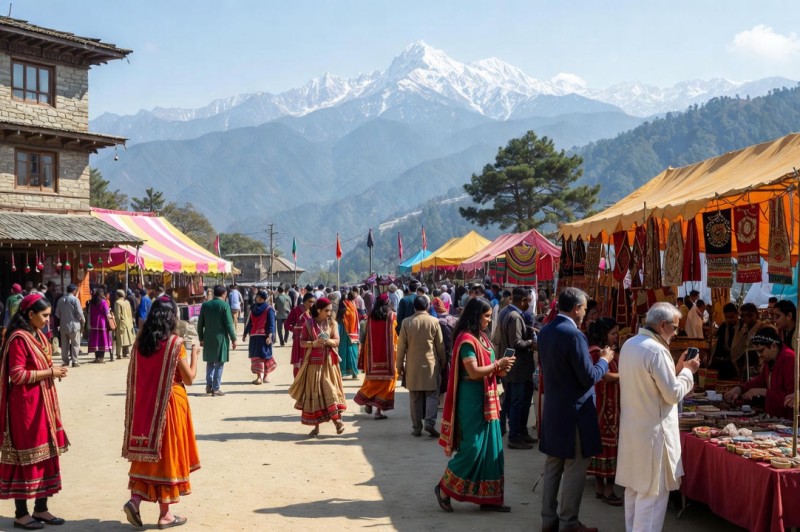

Various versions of the Indian Hindu epic poem, the Ramayana, abound, numbering as many as three hundred based on different counting methods. The oldest known version is the Sanskrit Mula Ramayana attributed to the sage Narada. Narada passed this knowledge to Valmiki, who then composed the Valmiki Ramayana, currently the oldest available rendition.
The reach of the Ramayana extends far beyond India, touching many Asian countries such as Burma, Indonesia, Cambodia, Laos, Philippines, Sri Lanka, Nepal, Thailand, Singapore, Malaysia, Japan, Mongolia, Vietnam, and China. The original Valmiki version has been adapted and translated into numerous regional languages, often incorporating unique plot twists and thematic adaptations. Some notable adaptations include the Tamil Ramavataram from the 12th century, the Kannada Ramachandra Charitapurana, the Telugu Sri Ranganatha Ramayanam from the 13th century, the Awadhi Ramcharitmanas from the 16th century, and the Malayalam Adhyathmaramayanam Kilippattu from the 17th century. Additionally, there are versions like the Khmer Reamker, Old Javanese Kakawin Ramayana, Thai Ramakien, Lao Phra Lak Phra Lam, and Burmese Yama Zatdaw.
The Ramayana's core themes transcend language boundaries and find expression in various regional cultures and artistic forms. From Lkhaon Khmer dance theatre in Cambodia to Ramanattam and Kathakali in Kerala, Mappila Songs among the Muslims of Kerala and Lakshadweep, Indian operatic traditions like Yakshagana, to epic paintings on the walls of Thailand's Wat Phra Kaew palace temple—the Ramayana's influence is pervasive. In Indonesia, traditional dance performances like Sendratari Ramayana and Kecak, masked danced drama, and Wayang shadow puppetry all reflect the tales of the Ramayana. Even the iconic Angkor Wat in Siem Reap features mural scenes depicting the epic Battle of Lanka on its outer walls. The Ramayana, with its rich tapestry, continues to resonate across diverse cultures and artistic mediums.
In India alone, the Ramayana has been retold in numerous languages, each version adding its unique cultural nuances and interpretations. The story has found resonance not only within Hinduism but has also been adapted in Buddhist and Jain traditions, reflecting the flexibility and inclusivity of the narrative.
Beyond the Indian subcontinent, the Ramayana's influence extends to Southeast Asia, where different cultures have embraced and reinterpreted the epic. In Cambodia, the Ramayana is known as the Reamker, offering a distinct Khmer perspective. Indonesian and Filipino renditions bring their own cultural flair to the tale, while Thailand's Ramakien and Laos' interpretation add a Southeast Asian flavor to the epic.
The Ramayana's journey across Asia includes Burma, where the narrative has taken on unique Burmese characteristics. In the Maldives, the epic resonates with the island nation's cultural identity, contributing to its rich oral tradition.
Nepal, with its deep cultural ties to India, has its own version of the Ramayana, blending regional influences with the core narrative. This adaptation showcases the story's ability to transcend borders and evolve within distinct cultural landscapes.
Vietnam, influenced by Chinese culture, incorporates the Ramayana into its literary tradition. The Tibeto-Chinese region, too, has its own interpretation, reflecting the diverse ways in which the epic has been embraced and adapted.
The Malay region boasts its own version of the Ramayana, embodying the cultural diversity of the region. The narrative has been seamlessly woven into the historical and social fabric of Malay communities, demonstrating the enduring appeal of the epic.
The widespread proliferation of the Ramayana across Asia underscores its universal themes of duty, morality, and the eternal struggle between good and evil. While each adaptation brings a unique cultural perspective, the essence of the narrative remains a timeless exploration of the human experience.
In conclusion, the Ramayana's journey from its roots in Indian languages to its diverse adaptations across Southeast Asia reflects its remarkable ability to resonate with diverse cultures. The epic stands as a testament to the shared human experience, transcending borders and inviting people from various backgrounds to find meaning in its profound and timeless narrative.